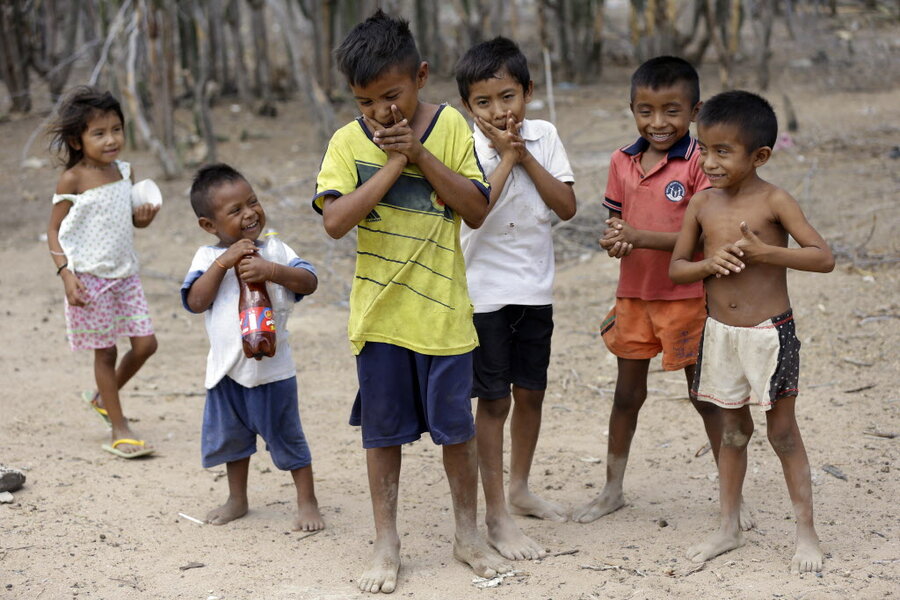How can we solve global malnutrition by 2030?
Loading...
Malnutrition affects one in three individuals, according to the Global Nutrition Report, From Promise to Impact: Ending Malnutrition by 2030. This independent annual review explores the state of nutrition in the world, the underlying determinants of malnutrition, and the individual and societal challenges that accompany the global health crisis.
The effects of malnutrition manifest in a number of ways. According to the World Health Organization (WHO), more than 1.9 billion adults were overweight in 2014, while 462 million adults were underweight. More than 600 million adults were obese. Forty-one million children under the age of five suffered from being overweight or obese, while 159 million were affected by stunting (low height-for-weight) and 50 million were affected by wasting (low weight-for-height). Diet and malnutrition are the greatest risk factors for the global burden of disease, with every country on the planet facing a serious public health challenge due to malnutrition.
Key findings from the report include the cascade of individual and societal challenges and opportunities from malnutrition, that the world is off-track to reach global targets to fight malnutrition, and that nutrition is imperative to the Sustainable Development Goals (SDGs), with at least twelve of the 17 SDGs containing indicators that are highly related to nutrition. Other important findings from the report address the need to change current commitments to match the scale of the malnutrition crisis and highlight the role that SMART (Specific, Measurable, Achievable, Relevant, and Time-bound) commitments and targets play in successfully battling malnutrition. Finally, the report acknowledges the need to move from talk to action and that current data and knowledge are not sufficient to maximize investments.
The report offers many calls to action that would help battle malnutrition: make the political choice to end all forms of malnutrition, invest more and allocate better, collect the right data to maximize investments, invest in evidence-based solutions and identify new ones, and tackle malnutrition in all its forms.
This article first appeared at Food Tank.







